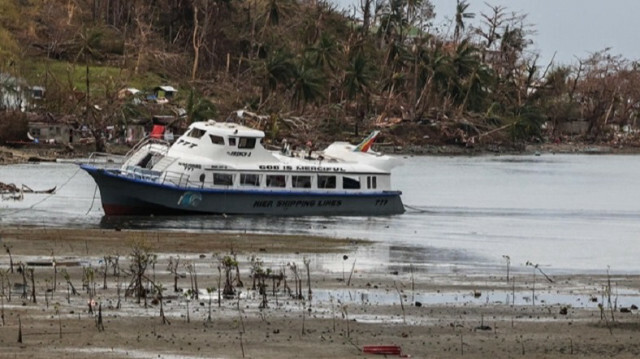
Typhoon Rai killed 177 people in Philippines, injured 275, displaces 630,000, and 3M people in need of assistance, according to UN
The UN and humanitarian partners in the Philippines on Friday called for the provision of $107.2 million in life-saving aid to over half a million people in areas devastated by Typhoon Rai.
According to a statement from the UN OCHA, the Humanitarian Country Team in the Philippines launched a humanitarian needs and priorities plan to respond to the needs of 530,000 people in the worst-affected areas in the wake of the storm, which first hit the Philippines last Thursday.
During the disaster, at least 177 persons were killed and 275 injured, over 630,000 people displaced, with 372,000 of them taking shelter in evacuation centers, and some 200,000 houses were damaged. Some 3 million people, including one million children, were left needing assistance.
"The Humanitarian Needs and Priorities plan (HNP) calls for US$107.2 million to support the Government in responding to the most urgent humanitarian needs for the next six months," the statement said. “The plan has been developed based on preliminary assessment findings and early estimates of people in need to enable humanitarian partners to kick-start immediate life-saving and protection activities, focusing on women, girls, and people with disability living in areas hardest hit by Typhoon Rai.”
Humanitarian Coordinator Gustavo Gonzalez said that on a visit to the Carage and Surigao province he saw roads covered by debris, houses without roofs, and people begging for water and food.
“The response set out in the plan will also prioritize COVID-19 protective measures,” said Gonzalez. “This is a crisis within a crisis. It happened at the end of the year when the government has been able to keep down COVID-19 infections and inoculated a significant number of the population. We will work with the Department of Health to ensure that these hard-won gains are not lost,” he added.
"The UN Central Emergency Relief Fund (CERF) is allocating the US$12 million of humanitarian funds to UNICEF, UNFPA, WFP, and IOM. CERF is one of the fastest and most effective ways to ensure that urgently needed humanitarian assistance reaches people caught up in crises. CERF’s Rapid Response window allows the UN to kick-start relief efforts immediately in a coordinated and prioritized response when a new crisis emerges," the statement said.

